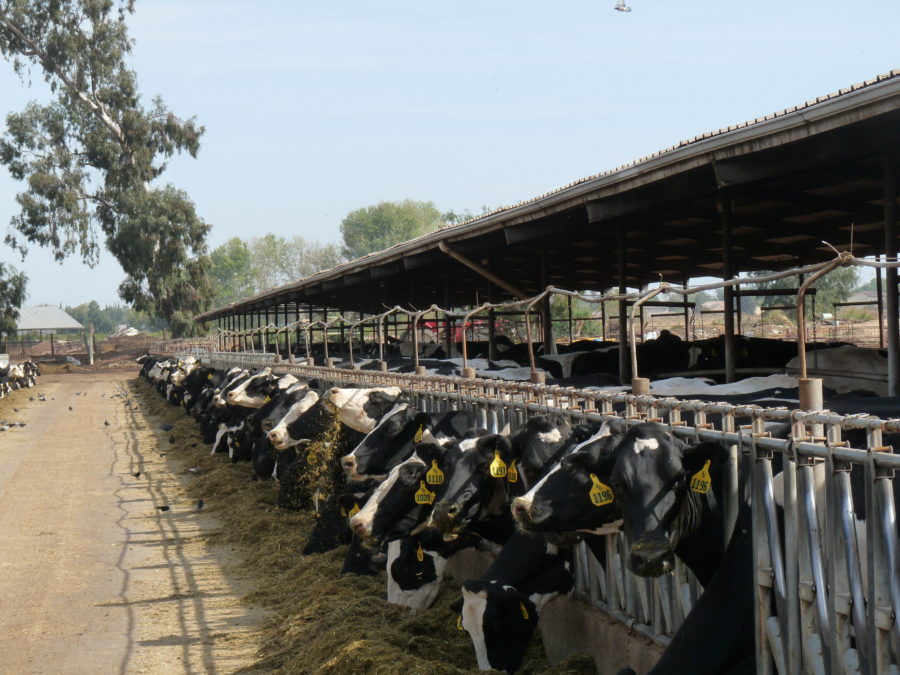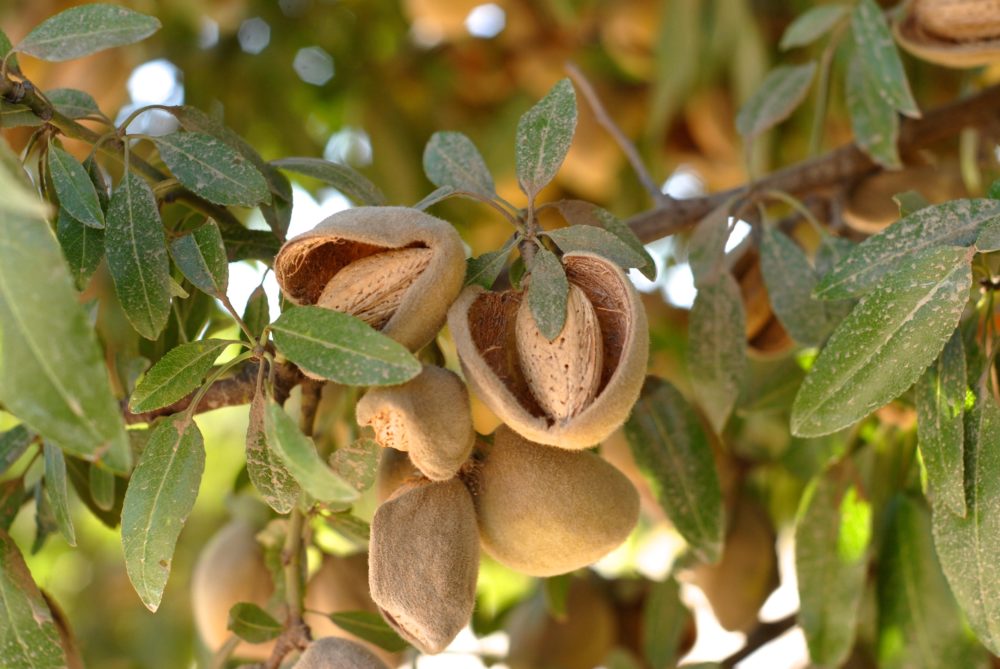Innovation is Bowles Farming Co.’s #1 Objective
Bowles Farming is Major Innovator in Merced County
By Mikenzi Meyers, Associate Editor
As every industry continues to be pressured by increasing technologies and the expectation to innovate, it is without question that agriculture is no different. With 160 years of experience growing various crops, Bowles Farming Co. in Merced County is not only a leader within the industry but strives to stand on the forefront of innovation.
Danny Royer, Vice President of Technology at Bowles, gave insight to California Ag Today recently as to how his company is using technology to make irrigation more efficient.
“There’s a lot that goes into the irrigation before it even gets to the farm,” he explained. “Our canal company that delivers our water is working on automating their system to meet our automation needs.”
Royer is utilizing water control and data gathering technology through innovative companies such as WaterBit and WiseConn to better regulate how Bowles Farming Co. resources are used.
He is in charge of the technology behind growing various crops, including tomatoes, cotton, wheat, watermelon, and other organic commodities. He said that the key to solving issues is by sharing data within the operation.
“Data is what’s going to provide the solution, but we have to create systems that give the people [the data] who have the competencies to solve the problem,” he explained.
One way Bowles Farming Co. is able to achieve this is by using Google Hangouts on the farm, which enables them to communicate with different sectors of the operation single-handedly.
“We’ve got to be a little more transparent and open about sharing our information with people that are coming from the tech sector trying to help us.”
Royer concluded, “the most important thing when we talk about tech and ag is talking about the impact on the operation … people’s jobs are going to change, how people function is going to change, and if you rule tech out, it’s going to be resisted.”
























